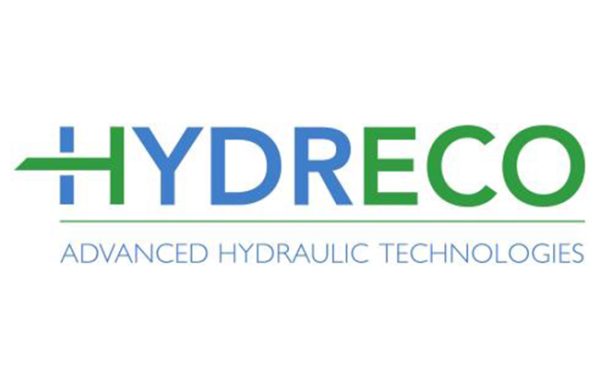Notable Words: The Challenges of Off-Road Vehicles
 By Zongxuan Sun, Director, Center for Compact and Efficient Fluid Power.
By Zongxuan Sun, Director, Center for Compact and Efficient Fluid Power.
Off-road vehicles, including construction machines and agriculture equipment, account for about 8% of total transportation energy consumption. Off-road mobile equipment is also a significant sector of the national and global economy and has a critical impact on infrastructure and agriculture. Due to its power density, flexibility, and durability, fluid power is widely used in off-road vehicles for both working and driving functions. Given the global challenges of energy consumption, emissions, and environmental impact, many researchers have proposed electrification and automation to improve efficiency and productivity as well as introducing renewable energy sources to the off-road segment.
Unlike on-road vehicles, off-road vehicles often have driving and working functions. Many off-road vehicles employ a diesel engine as their prime mover. For the driving function, various transmission technologies have been used, including automatic, hydrostatic, and hydromechanical transmissions. For the working function, an engine-driven pump supplies high-
pressure fluid to hydraulic cylinders and motors. Human operators often control off-road vehicles. The operator has to control both the driving and working functions simultaneously, which makes the work difficult and exhausting. A key challenge for off-road vehicle control, then, is to deal with uncertainties at the worksite. For example, the resisting force during the scooping process can vary significantly due to different types of materials. Overall, off-road vehicles have complex powertrain systems and perform difficult tasks within an uncertain environment.
Electricity is an energy carrier, not an energy source. A key advantage of an electrical system is that electricity can be produced from various sources, including renewable ones. Electrification offers a pathway to introduce renewable energy into this segment with high efficiency. However, electrification for off-road vehicles needs to address several critical technical challenges, and one is the requirements of battery energy density and power density. The weight of the vehicle is crucial to its performance, as well as the ability for quick recharge and discharge.
A second challenge is the integration of the electrical drive with fluid power technology. For off-road vehicles, the working function often requires linear motion. Hydraulic cylinders are ideal for such motion with their force density, load-holding capability, and durability. Integrating electrical motors with hydraulic pumps and cylinders is needed. Electrohydraulic actuators (EHA) are such an example.
A third technical challenge in the electrification of off-road vehicles is control of the EHA system. The working function often faces sudden and large force transients due to varying environments, making the motion control of the EHA system for off-road vehicles challenging.
Automation can not only save energy but also improve productivity. Better coordination of the driving and working functions in real time can make off-road vehicles do more with less. Automation can come at different levels. Driver-assist systems can be deployed to reduce the stress on the driver and improve efficiency and productivity. Partial automation can automate the driving or working function alone. Full automation will enable the complete control of the vehicle. Automation for off-road vehicles requires real-time sensing, control, and optimization. Sensing is necessary for the vehicle to understand its own location and the states of its actuators. Optimization is needed to design the optimal trajectories for both vehicle driving and working-tool motion so that the total energy consumption is minimal. Real-time control is required to ensure the vehicle follows the optimal trajectories and makes adjustment when necessary within an uncertain environment.
It is exciting to consider the benefits and new capabilities that electrification and automation can bring to off-road vehicles. To achieve those benefits, collaboration among industry, academia, and government is required. The Center for Compact and Efficient Fluid Power has been conducting state-of-the-art research for off-road vehicles. Skill sets from multiple disciplines, including power generation, energy conversion, fluid power, system modeling, sensing, and control, have been developed. The education of the next generation of researchers and engineers for off-road vehicles will ensure the continued success of this industry.







